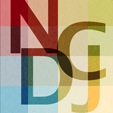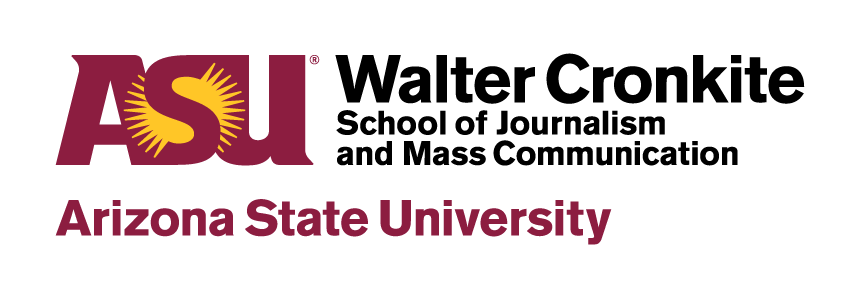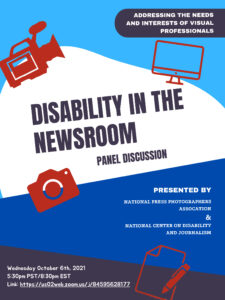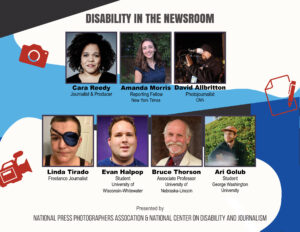The National Center on Disability and Journalism (NCDJ) is now accepting entries for the 2025 Katherine Schneider Journalism Award and the Gary Corcoran Student Prize for Excellence in Reporting on Disability.
The Schneider prize is the only professional journalism contest devoted exclusively to disability coverage. It is supported by a gift from Katherine Schneider, a retired clinical psychologist who has been blind since birth. Schneider wants to encourage journalists to improve their coverage of disability issues, moving beyond “inspirational” stories that don’t accurately represent the lives of people with disabilities.
“In today’s dynamic world, there are many worthy disability stories that need to be told. With the NCDJ contest, we’re able to highlight the best of the best from around the world, recognizing those conveying the needs, the struggles and the successes of people living with disabilities,” Schneider said.
In the professional contest, winners will receive a total of $8,000 in cash awards in large and small media categories. First-place winners in each category receive $2,500 and an invitation to speak about their work at an awards ceremony at ASU’s Walter Cronkite School of Journalism and Mass Communication. Second-place winners receive $1,000, and third-place winners get $500.
For the fourth year, the Gary Corcoran Student Prize for Excellence in Reporting on Disability, which recognizes the best work by college journalists on topics related to disabilities, also will be awarded.
The Corcoran student award honors the life and advocacy of the late Gary Corcoran, a wheelchair user from the age of 19 who worked to improve accessibility of housing, public transit, air travel and public venues across Phoenix. Prize amounts are $2,500 for first place, $1,500 for second place and $1,000 for third place. Entrants must have been enrolled as a student at the time of publication or broadcast, and the work must have been produced via a university-affiliated publication, class or program.
The award is funded by a gift from Gary’s sister, journalist and author Katherine Corcoran.
“This award was created to honor my late brother’s advocacy for accessibility, as well as excellence in a new generation of journalists,” she said.
Journalists working in digital, print, audio and broadcast media are eligible to enter both contests. Entries are accepted from outside the U.S., although the work submitted must be in English.
Entries for both contests must have been published or aired between Jan. 1, 2025, and Dec. 31, 2025. The deadline to enter is 11:59 p.m. PST on Jan. 12, 2026. There is no entry fee, and reporters may self-nominate.
The entry form for the Schneider professional prize can be found at Schneider Prize Entry 2025 and for the Corcoran student prize at Corcoran Prize Entry 2025.
“Every year, we see more and more journalists entering their work in our professional and student contests. It’s heartening that news outlets are recognizing the need for strong, fair and accurate coverage of disability issues and individuals with disabilities,” said Pauline Arrillaga, executive director of the NCDJ.
Entries are judged by professional journalists and experts on disability issues. Past judges have included Judy Woodruff, a senior correspondent and the former anchor of PBS News Hour; Tony Coelho, a former U.S. congressman who was the primary sponsor of the Americans with Disabilities Act; and Jonathan Rockoff, health business editor at The Wall Street Journal.
In 2024, first place in the Schneider Award Large Media category went to Amanda Morris, Caitlin Gilbert and Jacqueline Alemany of The Washington Post for a series about an obscure government program that leaves workers with disabilities making less than the federal minimum wage. The second-place winners were Christie Thompson, Sydney Brownstone and Esmy Jimenez of The Marshall Project and The Seattle Times for an investigation exploring how a law intended to protect health care workers in Washington state has led to prosecutions of people with severe mental illness. The ProPublica team of Annie Waldman, Duaa Eldeib, Maya Miller and Max Blau placed third for their series about the struggle that even insured people face obtaining mental health care.
In the Schneider Award Small Media category, first place honors last year went to Detroit Free Press reporter Lily Altavena, who investigated how schools for students with behavioral disabilities were called or were visited by law enforcement at far higher rates than traditional schools. Natalie Eilbert of the Milwaukee Journal Sentinel won second place for “The Nervous Limitation.” Third place went to the staff of the Disability Justice Project for “Rising Tides, Raising Voices.”
In the Corcoran contest, last year’s first-place winner was Ella Robinson of American University for “DC fails to enforce its own law, leaving wheelchair users stranded.” Daniel Nworie of Lagos State University placed second for “Poor Inclusivity Efforts at LASU Expose Students with Albinism to Stigmatization.” And third place went to Celeste Hamilton Dennis of the University of California, Berkeley, for “Counselors help seniors clean up, avoid eviction,” which shines a spotlight on how hoarding behavior, an often-overlooked mental health condition, can lead to evictions for vulnerable seniors.
About The National Center on Disability and Journalism (NCDJ)
The Schneider and Corcoran awards are both administered by the NCDJ, which is part of the Walter Cronkite School of Journalism and Mass Communication at Arizona State University. The NCDJ offers resources and materials for journalists covering disability issues and topics, including a widely used disability language stylebook. To learn more visit our website here.
Contact:
NCDJ Executive Director Pauline Arrillaga
(602)717-7979



